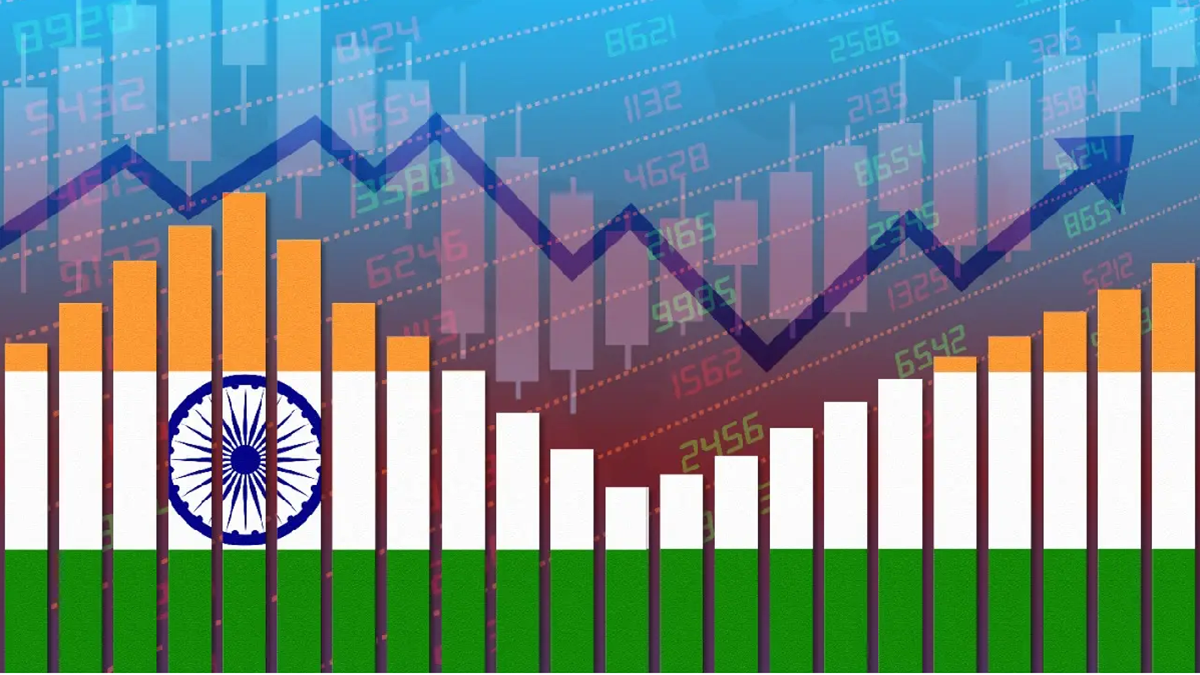India has officially surpassed Japan to the position of the world’s fourth-largest economy, marking an important milestone in the country’s economic progress. With nominal GDP of $4.187 trillion, according to data from the International Monetary Fund (IMF), India now ranks behind only China, Germany, and the United States. The IMF World Economic Outlook, the latest available, reaffirms India’s status as a global economic giant, driven by sustained growth and reform-based policies.
This economic jump is thanks to India’s growing middle class, digital revolution, robust manufacturing growth, and rising foreign investment. Industries like information technology, pharmaceuticals, fintech, and green energy have been key drivers in adding to economic momentum. India has moved from the 10th to the 4th position in a decade and a half, demonstrating its capacity to deliver structural reforms and investor confidence.
While this advancement has been made, there are still challenges. India’s per capita income is still relatively low in relation to developed countries, and problems like wealth disparities, unemployment, and rural development still need to be addressed. Analysts warn that maintaining growth will require attention to infrastructure, skill development, and social welfare in order to achieve comprehensive advancement.
Future-looking, policymakers are bullish. NITI Aayog CEO B.V.R. Subrahmanyam believes India may surpass Germany and become the third-largest economy in three years. As the world’s fastest-growing major economy, India is not just remaking its domestic dynamics but rewriting its place in the world order — a shift monitored closely by investors, governments, and economic observers around the globe.









